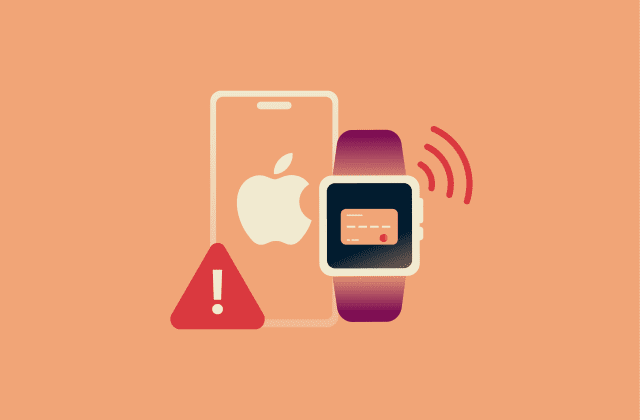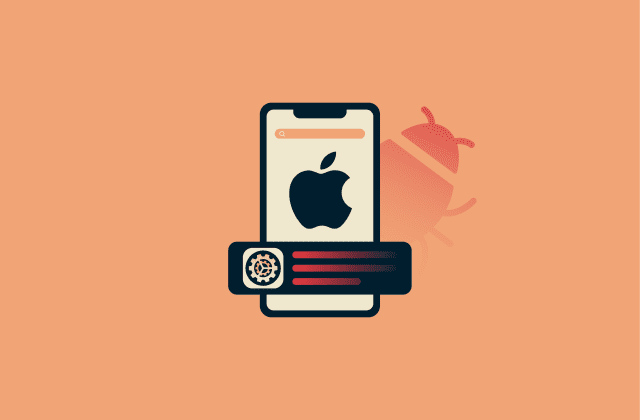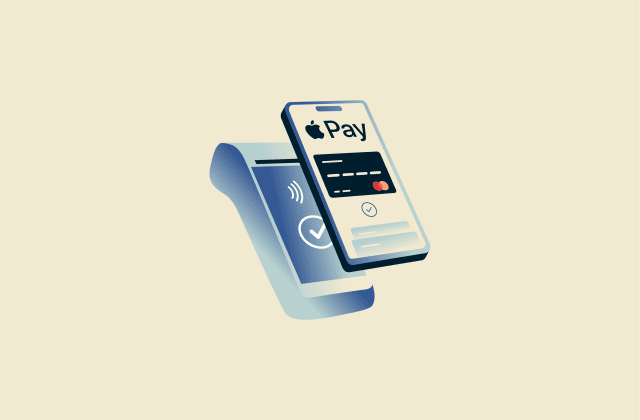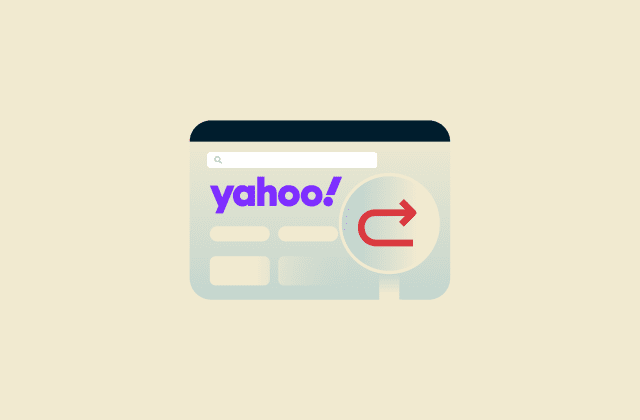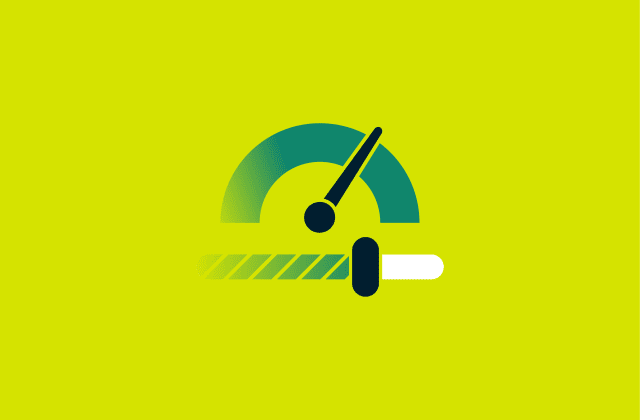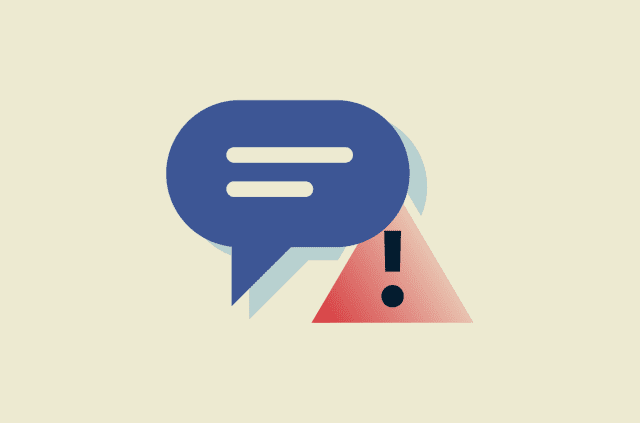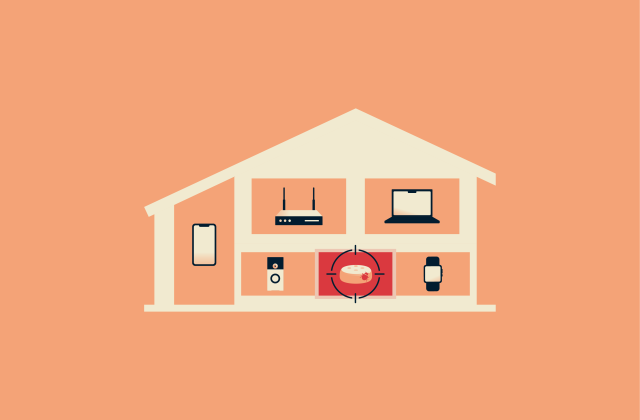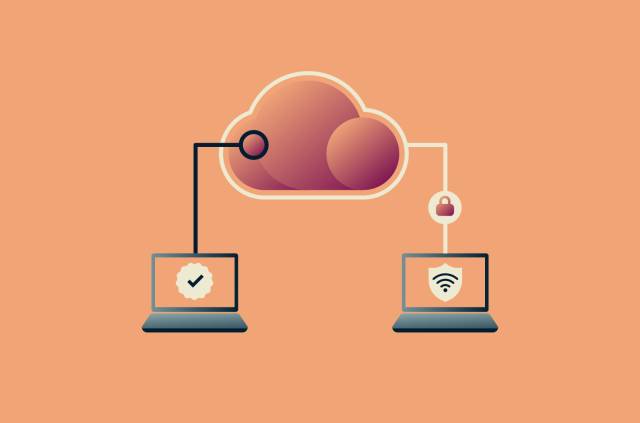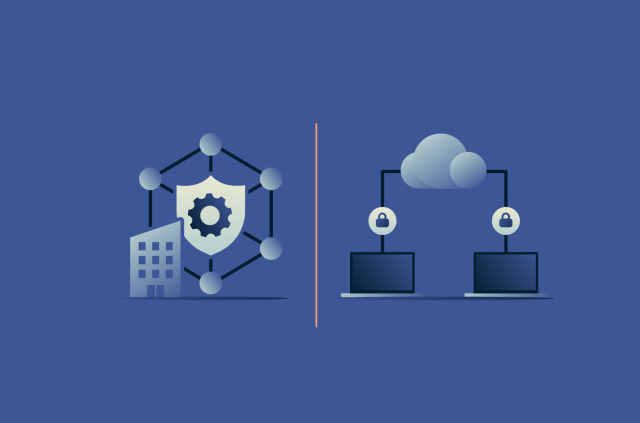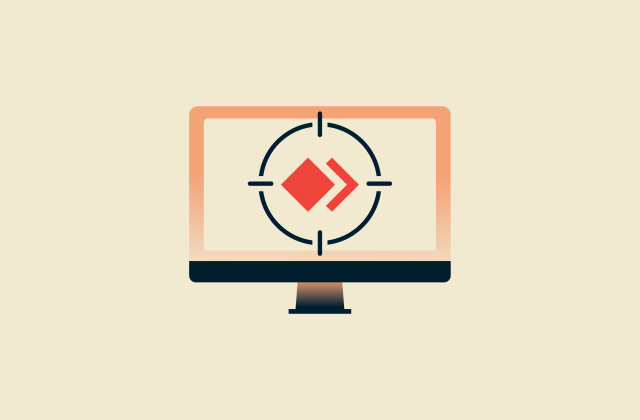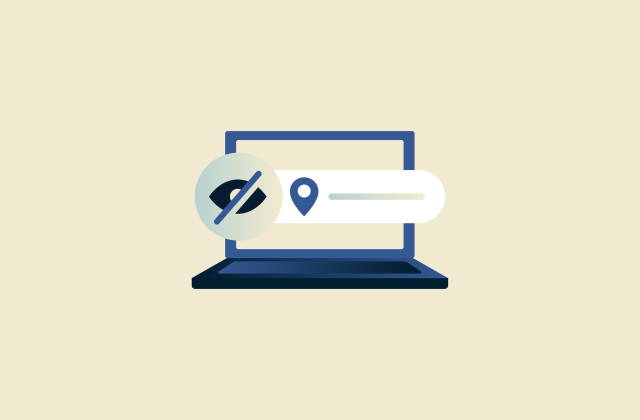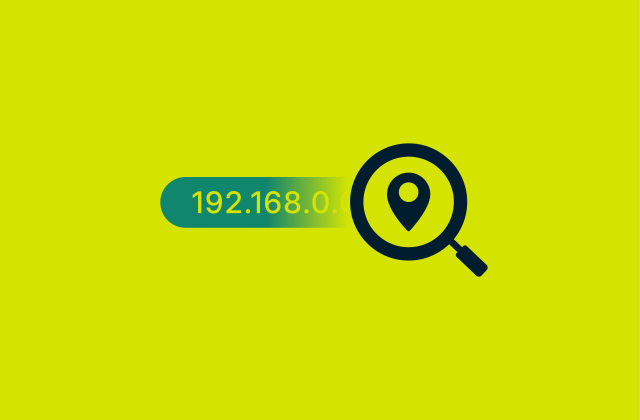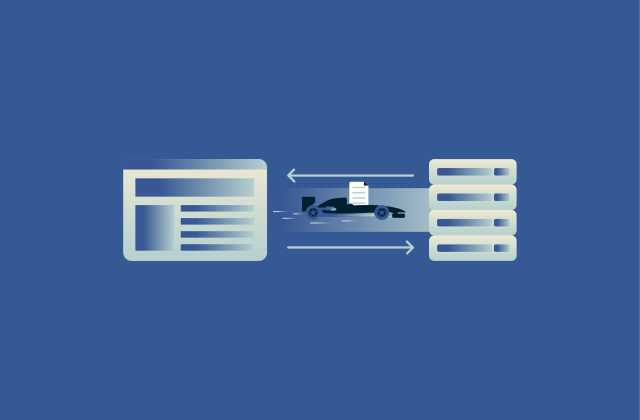Data harvesting: What it is and how to stay protected
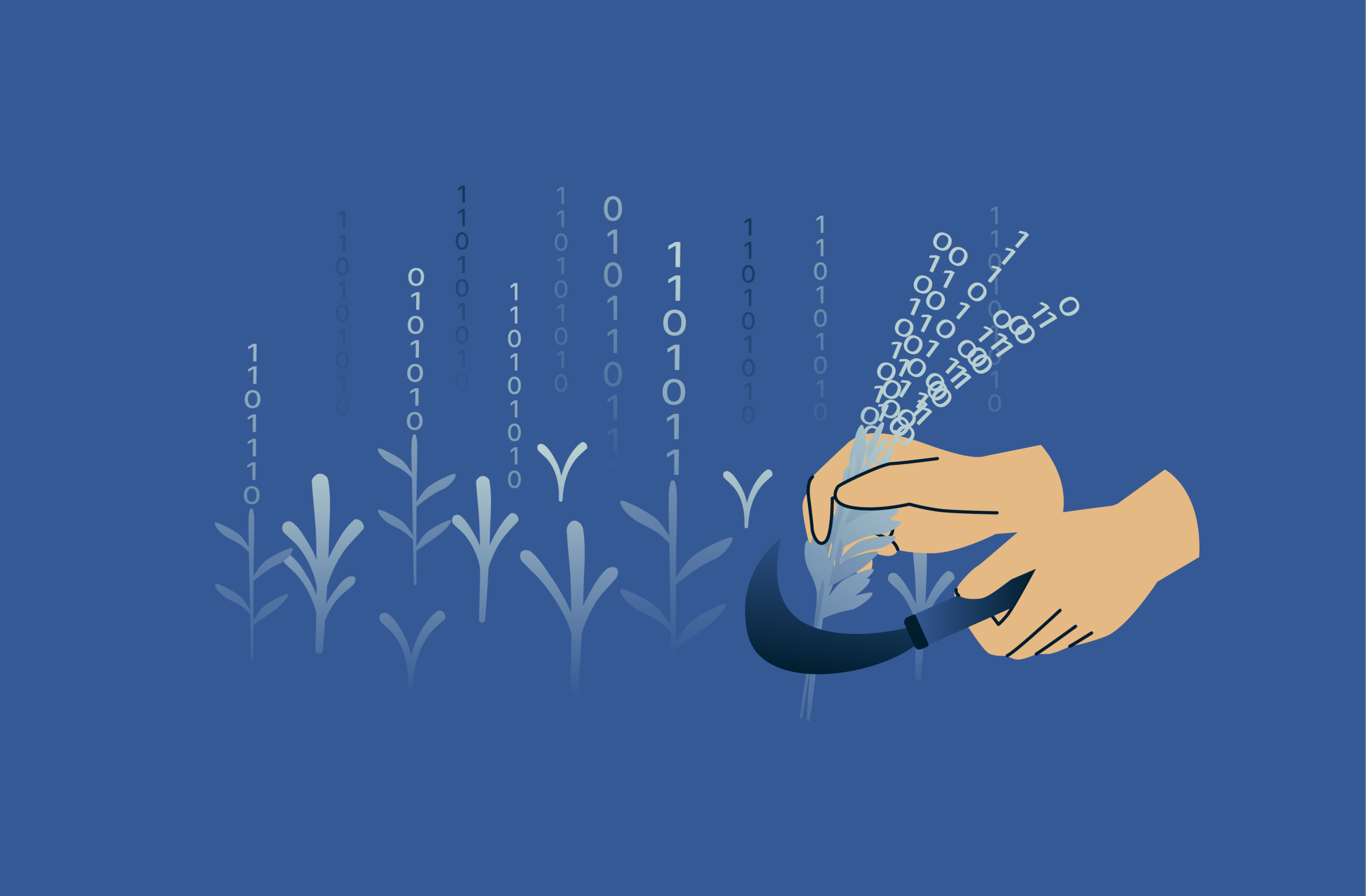
Data harvesting is the process of collecting large amounts of personal or organizational information online. Companies, websites, and apps gather this data to analyze behaviors, target advertising, or improve services.
While some data collection is legitimate, excessive or hidden harvesting can threaten privacy, security, and even financial safety. In fact, large-scale scraping of personal data often violates platform terms of service and/or national privacy laws. Understanding how data is collected, used, and shared is key to protecting yourself.
This guide explains what data harvesting involves, why it matters, and the legal and ethical frameworks that govern it. It also offers practical steps and best practices to reduce exposure and help safeguard your personal information online.
What is data harvesting?
Data harvesting involves gathering extensive information about people, devices, or businesses. This data can include names, email addresses, browsing habits, locations, or shopping history. It can also involve technical details, such as IP addresses or usage patterns, and business-related data like pricing, customer reviews, or product listings.
While the process focuses on scale, its usefulness depends on how accurate and relevant the information is. Companies often use harvested data to understand audiences better, improve services, or display targeted ads.
Common techniques used
Data harvesting typically relies on data scraping, often supported by web crawling. While the terms are sometimes used interchangeably, they describe different parts of the same process.
Data scraping
Data scraping is the core technique behind data harvesting. It involves automatically extracting specific pieces of information from web pages: for example, product prices, user reviews, or public profile details. Scraping tools can perform these repetitive tasks at scale, collecting thousands or even millions of data points within minutes.
While scraping can be useful for research, analysis, or gaining competitive insights, it also raises ethical and legal concerns. Scraping certain data may violate privacy laws, copyright rules, or website terms of service. Because of this, some websites block scrapers to protect their information, while others allow controlled access through APIs or structured data formats.
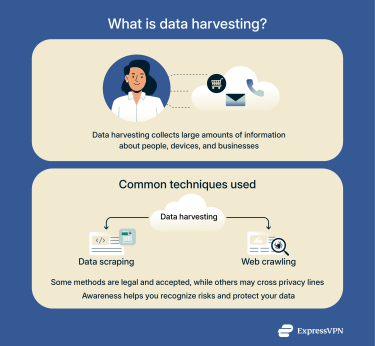
Web crawling
Web crawling is a supporting process that helps scraping by discovering and indexing web pages. Crawlers are bots that systematically browse the internet, following links from one page to another. This is the same process search engines like Google use to find and index content for search results.
Crawling itself doesn’t extract specific data; instead, it focuses on finding and mapping pages that can later be scraped.
In short, crawling finds the pages, and scraping extracts the data, together forming the foundation of data harvesting.
Data harvesting vs. data mining
While data harvesting and data mining are related, they aren’t the same. As already explained, data harvesting is the process of collecting large amounts of information, while data mining is what happens after that data is collected.
Data harvesting usually doesn’t involve analyzing the collected data. The goal is quantity, so the main objective is to collect as much relevant information as possible to create a large dataset.
Data mining, on the other hand, focuses on analyzing and interpreting this collected data to extract meaningful insights. It involves using statistical methods, machine learning, or algorithms to identify patterns, trends, and relationships that can inform decisions.
In short, harvesting gathers raw materials, while mining turns them into valuable knowledge.
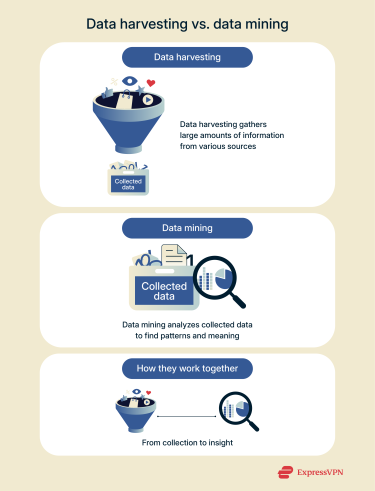
Some companies handle both data harvesting and data mining in-house; large tech platforms, advertisers, and analytics firms, for example, often collect and analyze data themselves to refine services or marketing strategies.
In other cases, the roles are split. Data brokers might harvest and sell large datasets, while marketers, researchers, or political organizations mine that data to shape strategies or decisions.
Together, these processes turn passive data collection into active influence, showing how information gathered online can quickly become a tool for prediction, targeting, or persuasion.
Ethical concerns surrounding data harvesting
Data harvesting raises several ethical questions because it can involve collecting personal information without specific consent. People may not know their data is being gathered, by whom, how it’s used, or who it’s shared with.
This lack of transparency can shape online experiences in subtle ways. For example, harvested data can be used to show personalized ads, adjust algorithmic news feeds, or deliver targeted political messages. While this can make online content feel more relevant to you, it can also create filter bubbles, reinforce biases, or influence decisions in ways users didn’t actively choose.
There’s also the risk of discrimination if harvested data is used to make decisions about loans, jobs, or insurance. Risk mitigation and identity verification brokers, for instance, may collect and sell this information to third parties, affecting how individuals are assessed or categorized.
Finally, many people view it as unfair that third parties profit from their data without providing them with any direct benefit in return.
For a company to harvest data ethically, it needs to respect personal privacy (including people’s right to refuse to have their data harvested), be transparent about what it’s collecting, and use the gathered information responsibly.
Is data harvesting legal?
Please note: This information is for general educational purposes and not legal advice.
Data harvesting can be legal, but it depends on where you are, what data is collected, and how it’s used. Many countries have strong data privacy laws that require companies to get consent for data collection, protect sensitive information, and allow people to control their personal data. Breaking these rules can lead to legal action that might result in fines or other penalties.
It’s important to understand which laws and policies might protect your data online. Key considerations include:
- Personal data: Laws like the EU’s General Data Protection Regulation (GDPR) and the California Consumer Privacy Act (CCPA) limit how organizations can collect and use information that identifies you. Companies must have a legal reason to gather it and are required to handle it transparently.
- Copyrighted data: Website owners and content creators usually hold copyright over their content. Copying or reusing it without permission, even if it’s publicly viewable, may violate copyright law. This principle applies in most countries under international agreements like the Berne Convention.
- Data behind a login: Information you share on platforms that require an account, like social media or online stores, is protected by the platform’s terms of service and privacy policies. Note that these agreements often permit companies to use your data, so reviewing them carefully helps you understand what access you’re granting.
U.S. data privacy laws
In the U.S., most protections are sectoral and state-level. These laws aim to reduce misuse, improve transparency, and give people more control over their personal information.
- Children’s Online Privacy Protection Act (COPPA): Limits how websites and apps collect data from children under 13. Companies must obtain parental consent before gathering or sharing information, reducing the risk of unauthorized data harvesting involving minors.
- Health Insurance Portability and Accountability Act (HIPAA) Privacy Rule: Restricts how medical information is collected and shared. Health organizations must protect sensitive patient data from being harvested or used for unrelated purposes.
- Fair Credit Reporting Act (FCRA): Regulates how consumer reporting agencies collect and share financial or behavioral data. It requires accuracy, restricts access to approved entities, and gives individuals the right to view and dispute harvested data about them.
- California Consumer Privacy Act (CCPA) and Delete Act: Strengthen consumer rights around personal data collection. California residents can request to see what’s been harvested about them, demand deletion, or opt out of their data being sold.
- Vermont Data Broker Law: Requires companies that collect and sell personal data without direct consumer interaction to register with the state and maintain security safeguards, making the process more transparent.
- Other state laws: States like Oregon, Colorado, and Virginia have passed privacy laws granting residents rights to access, correct, delete, or opt out of certain types of data processing.
GDPR and EU data privacy
The European Union’s GDPR requires companies to be transparent about data collection, obtain consent, and allow individuals to access, correct, or delete their data.
Organizations that violate GDPR can face fines of up to €20 million (roughly $23 million) or up to 4% of their total global turnover of the preceding fiscal year.
The global picture
Privacy laws differ widely around the world. Some countries have strong regulations similar to the GDPR, while others have weaker or limited protections. Below are some examples.
- Brazil’s Data Protection Law (LGPD): LGPD regulates how organizations collect and use personal information, setting clear limits on data harvesting. Modeled closely on the EU’s GDPR, it requires consent for data collection, gives individuals rights to access, correct, or delete their data, and applies to companies both inside and outside Brazil that handle Brazilian residents’ data.
- Japan: Act on the Protection of Personal Information (APPI): This act strengthened user control over how personal information is collected and shared. It also tightened consent requirements for data harvesting and transfers. The EU recognizes Japan’s privacy protections as “adequate,” allowing secure data flows between the two regions.
- South Korea: Personal Information Protection Act (PIPA): This act sets broad protections against excessive data harvesting. It gives people rights to access, correct, and delete their data and mandates prompt disclosure of breaches.
- Australia: Privacy Act 1988: This act governs how large organizations and government bodies collect, store, and disclose personal data. It requires transparency in data harvesting and mandates notification in case of data breaches.
- South Africa: Protection of Personal Information Act (POPIA): This act creates strict rules for lawful data collection and sharing. Organizations must have a valid reason or consent to harvest personal data and must report breaches to both regulators and affected individuals.
Overall, data harvesting practices vary depending on where a company operates and where the data originates from. Different countries’ privacy and data protection laws don’t always align. This creates legal gray areas when data moves across borders; in other words, what’s legal in one country may breach regulations in another.
For example, a company based outside the EU might collect data from users in the EU, where the GDPR applies. In such cases, the company must comply with strict GDPR standards, even if its own national laws may be more lenient.
Impact of data harvesting on businesses
Data harvesting can affect businesses both positively and negatively. While collecting information can help companies understand customers, improve products, and target marketing, misuse or careless handling of data can create serious problems. Businesses that fail to protect data or act unethically may face financial, legal, and reputational consequences.
Loss of consumer trust
If customers discover their data has been collected without consent or misused, they may stop using a company’s services. Loss of trust can lead to lower sales, negative reviews, and a damaged reputation. Rebuilding trust is difficult and expensive, so proper handling of data is essential.
Legal penalties
As we’ve seen above, failing to follow privacy laws like the GDPR, CPPA, or HIPAA can result in hefty fines or lawsuits. Companies may face regulatory investigations, which can disrupt operations and create public scrutiny. Legal penalties act as a strong incentive to handle data responsibly.
Financial losses
Beyond fines, businesses may also need to compensate affected individuals through measures such as free credit monitoring, refunds, or identity theft protection services. Perhaps most damaging is the loss of customer trust, which often leads to declining sales and long-term financial harm.
Leaked data
Poor security practices can lead to data leaks or breaches. Exposed information can include personal, financial, or sensitive business data, harming both customers and the company.
Distorted analytics
Harvested data that is inaccurate, biased, or incomplete can produce misleading insights. Businesses may make poor decisions based on flawed analytics, affecting strategy, marketing, and customer engagement. Reliable data and ethical collection practices are key to maintaining accurate analysis.
How to protect against harmful data harvesting
Protecting your personal information starts with awareness. Many companies collect data automatically, meaning they gather information about your online activity, device, or interactions without you having to enter it manually. The good news is that simple changes to your online behavior, device settings, and software use can make a big difference in keeping your information safe and private.
Tips to safeguard your personal data
Protecting your personal information online requires simple but consistent habits. Small changes to how you share data and manage your accounts can significantly reduce your exposure to data harvesting.
- Limit the information you share online: Only provide the details that are necessary on websites, apps, and social media, and avoid filling out optional fields. Reducing the amount of data you share helps minimize what companies or data harvesters can collect about you.
- Adjust privacy settings: Control what data apps, websites, and devices can collect, including location, browsing history, and personal identifiers. Removing unused apps can also help reduce your overall digital footprint.
- Clear cookies and browsing data regularly: Deleting cookies, cache, and other browsing data helps limit tracking by websites. It reduces the profile that data harvesters can build on your activity and prevents long-term tracking across sites.
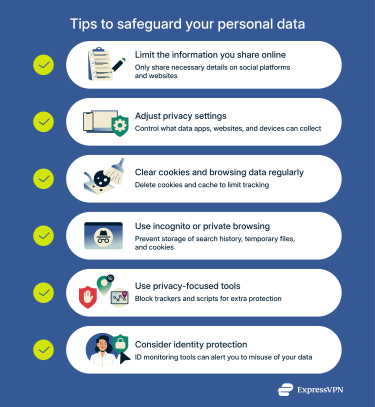
- Use incognito or private browsing: Incognito mode prevents your search history, temporary files, and cookies from being stored on your device.
- Use additional privacy-focused tools: While they don’t guarantee full protection against data harvesting, tools like ad blockers, tracker blockers, and anti-fingerprinting software can make it harder for websites to collect information behind the scenes. For example, ExpressVPN’s Threat Manager can block trackers and malicious scripts, providing an extra layer of protection against invisible data collection.
- Consider identity protection tools: While they aren’t designed to prevent data harvesting, identity monitoring services like ExpressVPN’s Identity Defender (available to ExpressVPN’s U.S. customers on select plans), can help you ensure that your data, once harvested, isn’t being misused. For example, ID Alerts monitors the dark web for your personal info, and Data Removal automates the process of removing your information from data broker sites. Privacy tools like these complement, rather than replace, strong personal data hygiene.
How virtual private networks (VPNs) support data privacy
ExpressVPN protects your online activity by routing your internet connection through a VPN server. This changes your visible IP address, making it much harder for websites to link your activity to your household. It also encrypts your connection, protecting the data you send and receive from eavesdropping.
While a VPN can’t prevent websites you’re logged into from tracking your activity, it does make it more difficult for other third parties to connect your online behavior to your identity or location. Using ExpressVPN alongside other privacy practices strengthens your overall digital safety.
FAQ: Common questions about data harvesting
Is data harvesting ethical?
It depends. Ethical concerns arise when personal data is collected without consent. Even when companies harvest data to improve services, doing so without transparency can violate user privacy and trust. Ethical data practices focus on consent, clear communication, and responsible use to balance business needs with individual rights.
What is another word for harvesting data?
Data collection is often used as another term for harvesting data. Other related terms include data gathering (not to be confused with data mining), web scraping, or data extraction, depending on the context. These phrases all describe the act of acquiring information online.
How does data harvesting impact personal privacy?
Data harvesting can expose sensitive information to unwanted parties. This exposure may result in targeted advertising, profiling without consent, or even identity theft. Understanding how information is collected helps people to take the relevant steps to maintain privacy and control over their digital footprint.
How can individuals ensure their data is protected from harvesting?
Protecting your data requires proactive measures and good digital habits. Managing privacy settings, clearing cookies, and employing a VPN like ExpressVPN can reduce exposure. Awareness of what is collected and how it’s used is key to staying safe online.
How is data harvesting evolving with AI?
AI has significantly transformed how data harvesting operates. Machine learning algorithms can now analyze massive datasets in real time, uncovering patterns that reveal users’ habits and interests. This allows companies to predict what a person will click on, buy, or read next with remarkable accuracy.
The sophistication of AI-driven data analysis also means that data can be inferred rather than directly collected. For instance, AI tools can help predict someone’s income level from their browsing habits or estimate their health status from wearable data. These predictive models expand what’s possible in personalization and targeted advertising, but they can also blur the line between helpful insights and invasive profiling.
Take the first step to protect yourself online. Try ExpressVPN risk-free.
Get ExpressVPN



